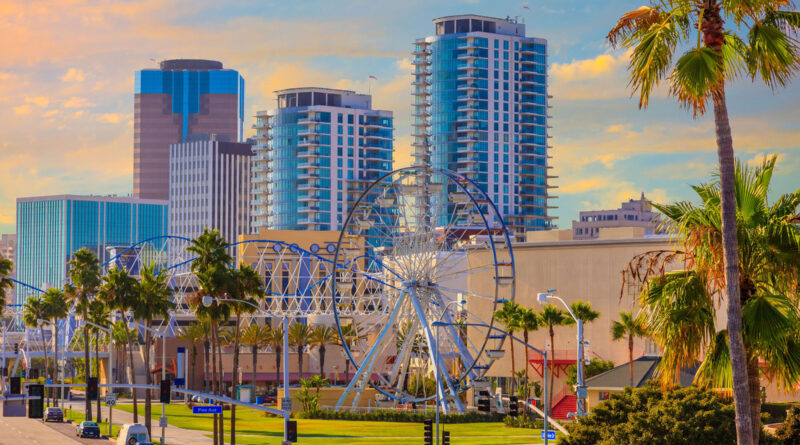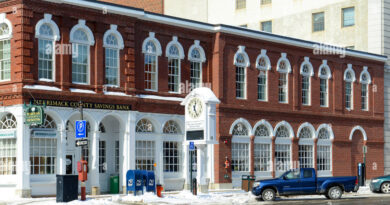History of Long Beach California
Long Beach, California, is a vibrant coastal city known for its diverse population, bustling port, and rich cultural scene. However, the history of Long Beach stretches back long before it became the thriving metropolis it is today. From its origins as a Spanish land grant to its development as a major industrial and cultural hub, Long Beach’s history is a fascinating tale of growth, change, and resilience.
Early Inhabitants: The Tongva People
Long before European settlers arrived on the shores of what is now Long Beach, the area was inhabited by the Tongva people, a Native American tribe that lived in what is now the Los Angeles Basin and the Southern Channel Islands. The Tongva, also known as the Gabrielino, were a highly developed society with complex social structures, trade networks, and spiritual practices. They lived in large, dome-shaped homes made of willow branches and reeds, and their villages were often situated near water sources such as rivers, lakes, and the Pacific Ocean.
The Tongva people were skilled hunters, gatherers, and fishermen, relying on the abundant natural resources of the region for their sustenance. They also engaged in trade with neighboring tribes, exchanging goods such as acorns, shells, and animal hides. The Tongva’s way of life continued largely undisturbed until the arrival of Spanish explorers in the 16th century.
Spanish and Mexican Era: The Birth of Rancho Los Cerritos
The history of Long Beach as a European settlement began in 1784 when the area was part of a massive Spanish land grant known as Rancho Los Cerritos. The land was granted to Spanish soldier Manuel Nieto by the Spanish Crown as a reward for his service. Rancho Los Cerritos, along with the neighboring Rancho Los Alamitos, covered much of what is now Long Beach and surrounding communities.
Nieto and his descendants used the land primarily for cattle ranching, which was a common practice in California during the Spanish and Mexican periods. The ranchos were vast estates, often covering thousands of acres, and they served as the economic backbone of the region. The rancho system helped shape the cultural and economic landscape of California, with the large estates becoming centers of social and economic activity.
In 1843, the Mexican government, which had taken control of California following Mexico’s independence from Spain, granted Rancho Los Cerritos to John Temple, a prominent American merchant who had married into a prominent Californio family. Temple built the first substantial adobe house on the rancho, which still stands today as the Rancho Los Cerritos Historic Site. The adobe was the center of ranching operations and social life on the rancho, and it remains one of the most significant historical landmarks in Long Beach.
American Settlement and the Birth of Long Beach
The transition from Mexican to American control in the mid-19th century marked a new era in the history of Long Beach. Following the Mexican-American War, California became a U.S. territory in 1848, and two years later, it was admitted to the Union as the 31st state.
During this period, the land that would become Long Beach began to attract settlers, many of whom were drawn by the promise of fertile land and a mild climate. In 1880, a group of investors led by William E. Willmore purchased a portion of Rancho Los Cerritos with the intention of creating a farming community known as Willmore City. However, the farming venture proved unsuccessful due to poor irrigation and soil conditions.
Undeterred, the investors decided to rebrand the area as a seaside resort, capitalizing on its proximity to the Pacific Ocean. Willmore City was renamed Long Beach in 1888, and the focus shifted from agriculture to tourism and real estate development. The city’s beautiful beaches, mild climate, and oceanfront location made it an attractive destination for tourists and settlers alike.
The Growth of Long Beach: Oil, Industry, and the Port
The early 20th century was a period of rapid growth and transformation for Long Beach. In 1921, oil was discovered in Signal Hill, a small community just north of Long Beach. The discovery of oil led to an economic boom, with thousands of workers flocking to the area to take advantage of the new opportunities. The oil industry brought significant wealth and development to Long Beach, transforming it from a sleepy seaside town into a bustling urban center.
At the same time, Long Beach was also becoming an important industrial and shipping hub. The Port of Long Beach, established in 1911, quickly grew into one of the busiest ports in the United States. The port’s strategic location on the Pacific Coast made it a key gateway for trade with Asia and other international markets. The growth of the port brought jobs and economic activity to the city, further fueling its expansion.
Long Beach’s population continued to grow throughout the 20th century, driven by the oil industry, the port, and other economic opportunities. The city became known for its diverse population, with people from all over the world coming to Long Beach in search of work and a better life.
Long Beach During World War II
World War II had a profound impact on Long Beach, as it did on many cities across the United States. The city’s strategic location and industrial capabilities made it a key player in the war effort. Long Beach was home to several military installations, including the Long Beach Naval Shipyard and the Douglas Aircraft Company, which produced aircraft for the war.
The war brought an influx of workers to Long Beach, many of whom were employed in the defense industry. The city’s population swelled, and the demand for housing, goods, and services grew accordingly. After the war, many of the workers who had come to Long Beach during the conflict decided to stay, contributing to the city’s post-war growth and development.
Post-War Development and Urbanization
The post-war years saw continued growth and development in Long Beach. The city expanded its infrastructure, built new schools and parks, and developed suburban neighborhoods to accommodate its growing population. The 1950s and 1960s were a period of modernization and urbanization, with the construction of new highways, shopping centers, and residential developments.
However, the city also faced challenges during this period. The decline of the oil industry and the eventual closure of the Long Beach Naval Shipyard in 1997 led to economic difficulties and job losses. Additionally, the city experienced significant social and demographic changes, including the rise of suburbanization and the decline of its downtown area.
Despite these challenges, Long Beach continued to adapt and reinvent itself. The city invested in revitalizing its downtown area, promoting tourism, and developing new industries, such as education, healthcare, and technology. Today, Long Beach is a thriving, diverse, and dynamic city that continues to grow and evolve.
Long Beach Today: A Modern Metropolis
Today, Long Beach is one of the most important cities in Southern California, known for its cultural diversity, vibrant arts scene, and economic significance. The city is home to several institutions of higher education, including California State University, Long Beach (CSULB), one of the largest universities in the state. Long Beach also boasts a thriving arts and culture scene, with numerous galleries, theaters, and museums, including the Long Beach Museum of Art and the Museum of Latin American Art.
The Port of Long Beach remains one of the busiest and most important ports in the world, handling millions of containers each year and serving as a key gateway for international trade. The city’s economy is also supported by a range of other industries, including healthcare, aerospace, and tourism.
Long Beach’s diverse population is one of its greatest strengths, with residents from all over the world contributing to the city’s rich cultural tapestry. The city’s neighborhoods reflect this diversity, with vibrant communities representing a wide range of ethnicities, languages, and traditions.
Long Beach is also known for its commitment to sustainability and environmental stewardship. The city has implemented a range of initiatives aimed at reducing its carbon footprint, promoting clean energy, and preserving its natural resources. Long Beach’s efforts to create a more sustainable and livable city have earned it recognition as a leader in environmental innovation.
Conclusion
The history of Long Beach is a story of growth, change, and resilience. From its beginnings as a Spanish land grant to its development as a major industrial and cultural hub, Long Beach has continually adapted to the challenges and opportunities of each new era. Today, Long Beach stands as a modern metropolis, proud of its rich history and committed to building a bright future for its residents and visitors alike.
Discover more from City Towner
Subscribe to get the latest posts sent to your email.




